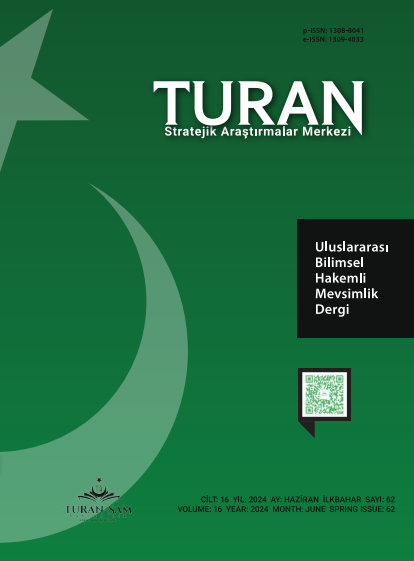PARASAL BİRLİĞİN TÜRK CUMHURİYETLERİ AÇİSİNDAN FAYDA VE MALİYETLERİ
BENEFITS AND COSTS OF MONETARY UNION FOR THE TURKIC REPUBLICS
Author(s): Hatice DİLAVERSubject(s): National Economy, Financial Markets, Public Finances, Socio-Economic Research
Published by: Sage Yayınları
Keywords: Economic Benefit; Economic Cost; Common Currency Area; Supply; Demand;
Summary/Abstract: Monetary Union concept requires the achievement of unity in exchange rates, the removal of all restrictions on capital movements, the realization of convertibility among member countries, the provision of complete assurance that convertibility will be maintained, and the elimination of all banking costs in the conversion of national currencies (Karluk, 2003: 360). The eligibility of a country to join a monetary union depends on a series of economic conditions. These include the intensity of trade with other potential members of the monetary union and the extent to which local business cycles are related to other countries. However, the correlation between international trade patterns and international business cycles is intertwined. An examination of 30 yearsof data from 20 industrialized countries revealed that countries with closer trade ties have stronger business cycle correlations (Frankel and Rose, 1997: 1). The use of a common currency increases economies of scale and reduces trade barriers. This makes member countries more vulnerable to supply shocks and therefore leads to a lower income correlation (Arslan, 2002: 18). While product diversity is an important criterion for an optimal monetary union, integration reduces product diversity.
Journal: TURAN-SAM
- Issue Year: 16/2024
- Issue No: 62
- Page Range: 161-174
- Page Count: 14
- Language: Turkish

